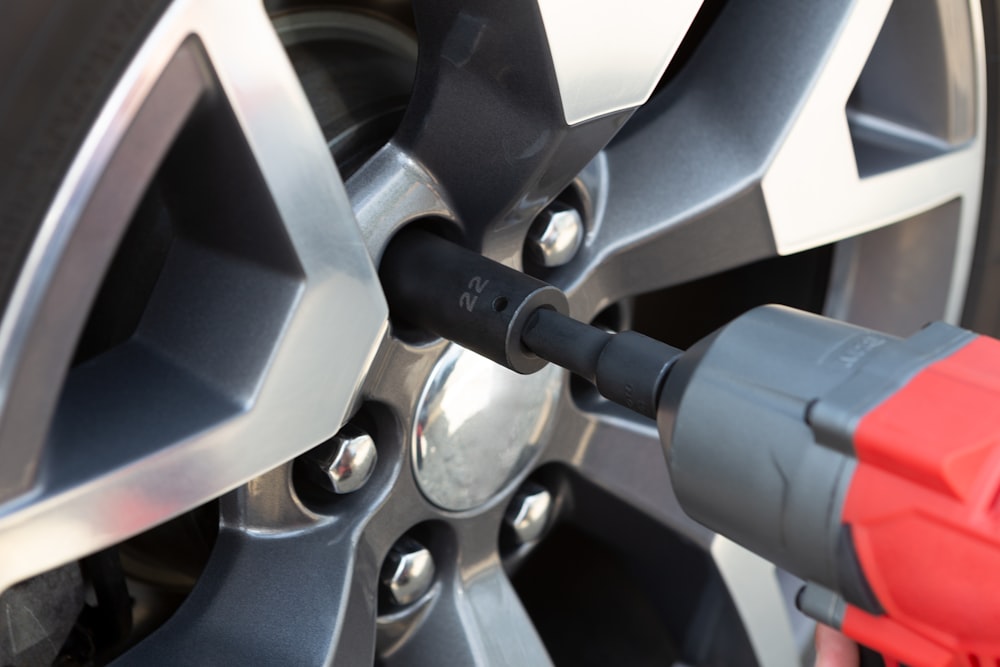Regular maintenance and servicing are crucial to ensuring the optimal performance and longevity of your vehicle. While most car owners are aware of the importance of oil changes, tire rotation, and brake inspections, one aspect that often goes overlooked is wheel alignment geometry. In this article, we will explore why wheel alignment is an essential part of auto service and how it can impact your driving experience, vehicle safety, and overall maintenance costs.

Understanding wheel alignment geometry
Wheel alignment geometry refers to the precise positioning of your vehicle’s wheels relative to each other and the car’s body. It involves adjusting the angles of the tires, including the camber, toe, and caster, to ensure they are perpendicular to the ground and parallel to each other. Accurate wheel alignment geometry is vital for maintaining proper tire wear, steering responsiveness, and overall stability.
The benefits of proper wheel alignment
1. Improved handling: Correctly aligned wheels provide better handling and maneuverability, allowing you to maintain control of your vehicle, especially during sudden turns or emergency maneuvers.
2. Enhanced safety: Misaligned wheels can lead to uneven tire wear, reduced traction, and compromised braking ability, increasing the risk of accidents. Proper wheel alignment ensures optimal grip and stability, thereby enhancing safety.
3. Extended tire life: When your wheels are properly aligned, tires wear evenly, resulting in a longer lifespan. This saves you money on premature tire replacements, so you should visit yours wheel alignment services as soon as possible.
Signs of misaligned wheels
It is essential to recognize the warning signs of misaligned wheels to address the issue promptly. Look out for the following indicators:
1. Uneven tire wear: Wear on the inner or outer edges of the tire indicates misalignment.
2. Vehicle pulling to one side: If your car tends to drift or pull in a particular direction, it could be a sign of wheel misalignment.
3. Vibrating Steering wheel: If and when the steering wheel vibrates, specifically when going at higher speeds, there is a decent chance an alignment problem exists.
4. Crooked steering wheel: If your steering wheel is off-center when driving straight, it suggests that your wheels are not aligned correctly.
The importance of professional wheel alignment
While basic wheel alignment can be done at home using DIY kits, it is highly recommended to have your vehicle serviced by a professional. Expert technicians have the necessary tools, knowledge, and experience to accurately measure and adjust wheel alignment geometry. They can also identify and address any underlying suspension or steering issues that may contribute to misalignment. By entrusting your car to professionals, you ensure precise alignment, reducing the risk of further damage and costly repairs down the line.
Regular wheel alignment maintenance
To maintain optimal wheel alignment, it is crucial to schedule regular inspections and adjustments. The frequency of these alignments may vary depending on your driving habits, road conditions, and the manufacturer’s recommendations. Ideally, wheel alignment should be checked with every tire rotation, or at least once a year. However, if you notice any signs of misalignment or have recently experienced an impact, such as hitting a pothole or curb, it is advisable to have your alignment checked immediately.

